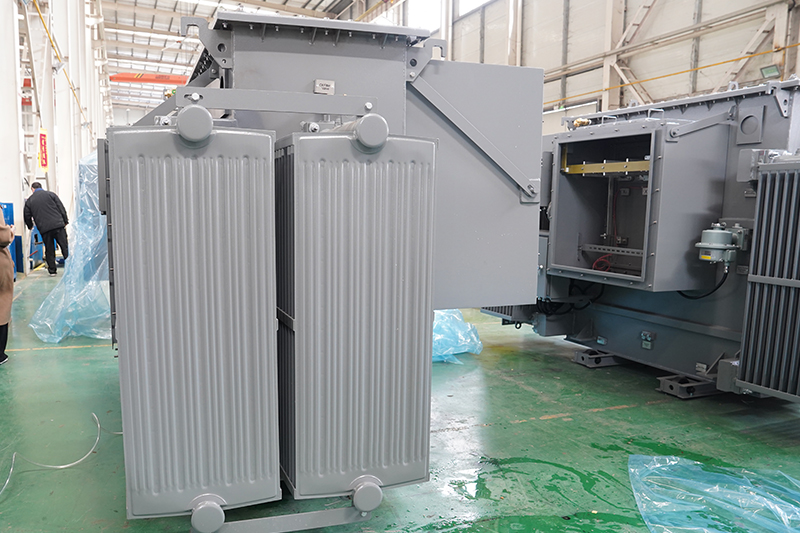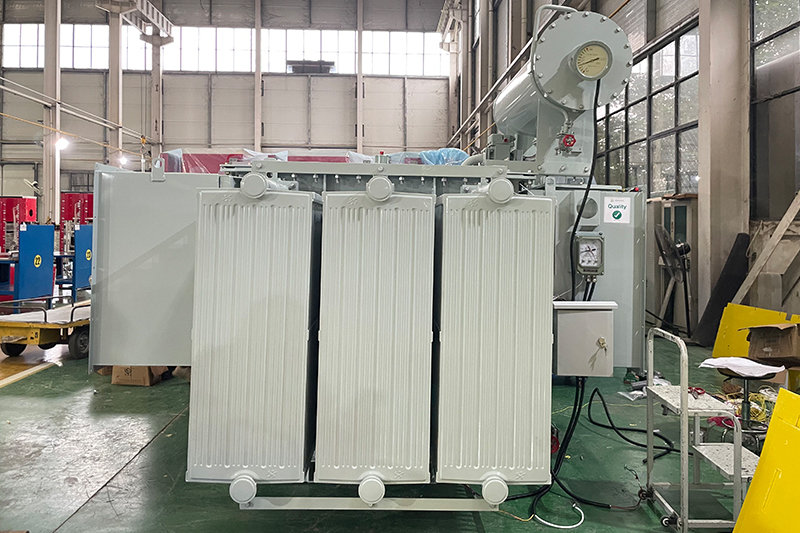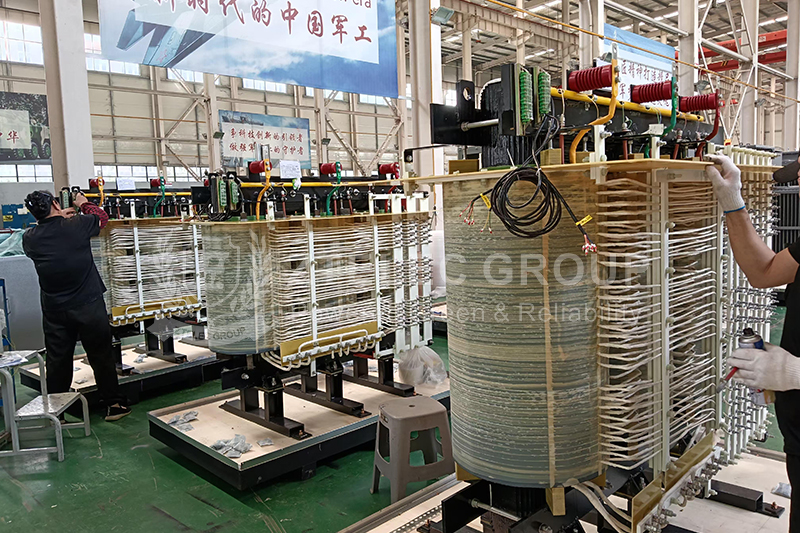A Complete Guide to Common Oil-Immersed Transformer Fault Analysis and Solutions
Oil-immersed transformers are critical components of modern power systems, ensuring stable voltage conversion and energy transfer. However, during long-term operation, factors such as aging, environmental stress, and high load can lead to various faults. This guide explains the most common oil-immersed transformer faults, their causes, and effective diagnostic and maintenance solutions to minimize downtime and extend equipment lifespan.

Abnormal Transformer Oil Quality
Transformer oil serves as insulation, cooling, and arc extinguishing medium. Deterioration or abnormal oil conditions often signal early transformer issues, typically manifested as irregular oil level, temperature, or aging characteristics.
Abnormal Oil Level
An excessively high oil level is often caused by internal faults, excessive oil refill, or expansion due to high operating temperature. Conversely, a low oil level results from leaks or continuous overload leading to oil loss. A “false high level” may also occur in cold conditions.
Troubleshooting: Check operating temperature and gas relay for gas generation. For low oil levels, locate leaks promptly and add qualified oil if immediate repair isn’t possible.
Abnormal Oil Temperature
Oil temperature anomalies often indicate overload, radiator blockage, or cooling system malfunction.
Troubleshooting: Reduce transformer load, verify fan and pump function, clean radiators, and conduct Dissolved Gas Analysis (DGA) to detect overheating or discharge faults.
Oil Aging and Deterioration
Exposure to oxygen, moisture, and heat leads to oil oxidation, dark color, acidity increase, and insulation loss.
Troubleshooting: Conduct regular tests for breakdown voltage, acidity, and moisture content. Apply vacuum filtration to restore oil performance, or replace oil entirely when degradation is severe.
Abnormal Sounds and Vibrations
Changes in operational sound or vibration often indicate mechanical or electrical faults within the transformer.
Uniform humming signifies normal load changes, while crackling or metallic sounds may reveal partial discharges or loose core clamps. A gurgling sound accompanied by bubbles suggests winding short circuits.
Troubleshooting: Combine sound inspection with DGA results, temperature data, and load variations to pinpoint fault locations. Shut down immediately if internal discharge or loosened parts are confirmed.

Winding Failures
Winding faults are among the most serious transformer failures, often caused by insulation aging, overvoltage, or overheating.
Inter-Turn Short Circuit
Caused by insulation breakdown between winding turns, resulting in localized heating and burning.
Troubleshooting: Detect elevated acetylene (C₂H₂) and hydrogen (H₂) levels through DGA. Check DC resistance imbalance among phases and shut down equipment immediately for factory repair or winding replacement.
Winding Grounding or Phase-to-Phase Short Circuit
Complete insulation breakdown between windings or to the core causes massive short-circuit current, often tripping protection relays.
Troubleshooting: Inspect and repair damaged insulation and replace burned windings. Always verify protection relay action and DGA results post-repair.
Core Failures
The transformer core ensures efficient magnetic flux transfer. Common core faults include multiple grounding points and insulation failure between laminations, both leading to overheating and energy loss.
Troubleshooting: Elevated methane (CH₄) and ethylene (C₂H₄) in DGA suggest overheating. Measure core-ground insulation resistance; if near zero, multiple grounding exists. Disassemble, repair, and restore insulation integrity.
Tapchanger Faults
The tapchanger adjusts transformer output voltage. Faults like poor contact or resistor damage cause increased resistance and local heating.
Troubleshooting: Measure DC resistance at each tap position. High resistance or phase imbalance indicates poor contact. Disassemble, clean, and replace damaged parts, then retest to verify performance.
Bushing Failures
Bushings connect internal windings to external circuits. Contamination, cracks, or seal failure can trigger flashover or insulation breakdown.
Troubleshooting: Clean and inspect surfaces regularly. Measure dielectric loss factor (tanδ) and capacitance. Replace any bushing showing severe cracks or high dielectric loss immediately.
Oil-immersed transformer faults often progress gradually, with early signs visible through changes in oil condition, sound, and temperature. By mastering diagnostic techniques such as DGA analysis, temperature monitoring, and electrical testing, maintenance teams can perform predictive maintenance, prevent catastrophic failures, and ensure long-term reliable operation of power systems.
- more+releated article
- 2025-10-21Application of K Factor Transformer
- 2025-10-21Detailed explanation about transformer model w
- 2025-10-2010kV Oil-Immersed Transformer Safety: Lightnin
- 2025-10-20What are The Advantages of Phenolic Cotton Clo
- 2025-10-17Are Three-Phase Isolation Dry-Type Transformer
- 2025-10-17G10 Epoxy Sheet: Choosing the Right Specificat
- 2025-10-1610kV Oil-Immersed Transformer Operation Inspec
- 2025-10-163240-B Epoxy Phenolic Glass Fiber Cloth Lamina
- 2025-10-15G10 Epoxy Sheet: The Preferred Insulation Mate
- 2025-10-15Analysis of Energy-Saving and Noise Control Te





